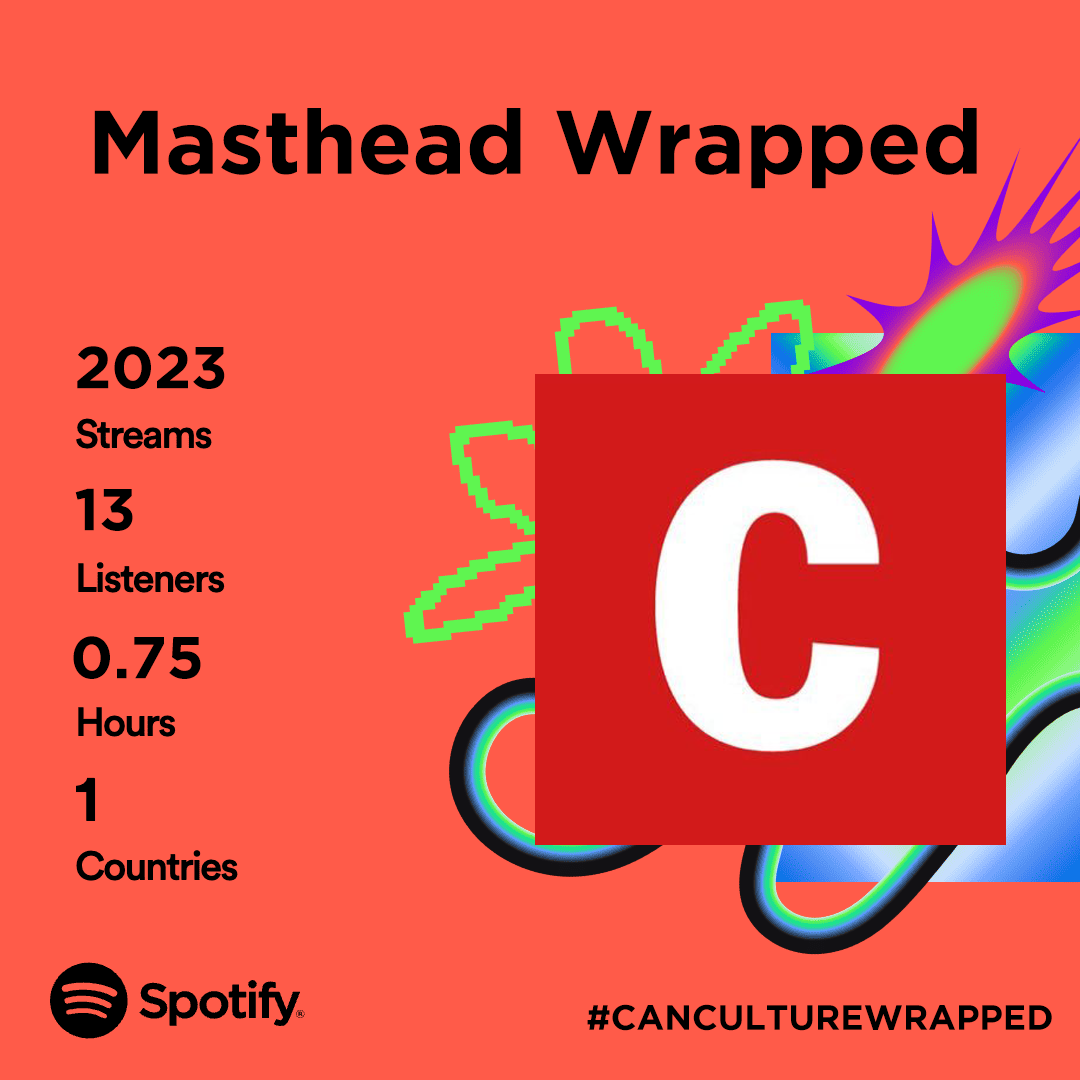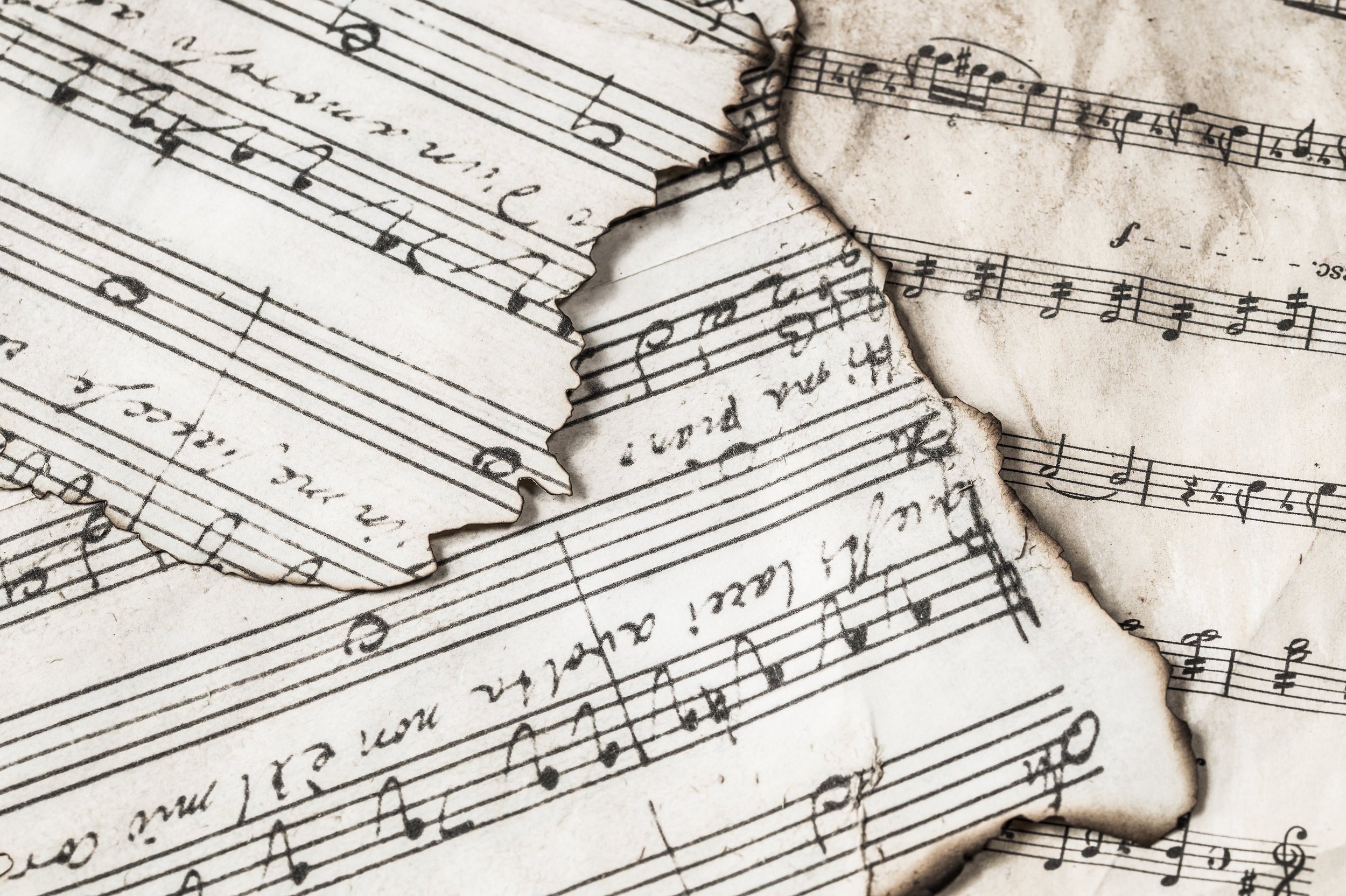Music, in all different forms, has helped me cope with mental health struggles throughout my entire life.
By Oliver Robbins
Trigger warning: this piece covers topics of mental health that may be triggering for some
When I’m in a stressful situation or I’m having a low day, an easy fix for me is to just breathe and listen to music (Image Courtesy of priyana)
Music has a unique ability to connect you with artists you have never met who are writing songs about experiences or feelings similar to your own. It can allow you to escape from your low feelings, or unhealthy situations and become closer with people in your life. For me, music in all different forms has helped me overcome my mental health struggles throughout my entire life. I don’t remember a time when music wasn’t what I turned to during my low points.
Being stuck in a very toxic home environment during the COVID-19 lockdown in 2020 and not being able to be with the people who helped me escape from this environment previously, was extremely difficult for me. Most days, I wouldn’t get out of bed, I would barely eat, and I didn’t have enough energy to do something as simple as responding to the messages from the people closest to me.
During the summer of 2020, I discovered Phoebe Bridgers after coming across the song “Scott Street” from Bridgers’ first album Stranger in the Alps, and I was immediately hooked. I began listening to everything she had ever released and felt truly understood for the first time in my life. Bridgers has a way with her lyrics and production that makes you feel comforted and understood, and that is exactly what I needed during this time in my life; it felt as though I had found something to save me from this dark hole I was in.
There was one time it really felt like she was saving me in some way. My family went camping with our trailer for a couple of days, being so close in proximity to them for this long was truly my worst nightmare. All I did for those couple of days was sit in the trailer alone or walk around the campground with my headphones on listening to Stranger in the Alps, specifically the songs “Demi Moore,” “Killer,” “Smoke Signals,” “Scott Street” and “Georgia.” These songs are all that got me through those couple of days, had I not discovered Bridgers’ music the week prior, I’m not sure I would have been able to cope even in the slightest. The experience and connection I have had with Bridgers’ music is unlike anything I have ever experienced, but there are still some other artists and bands who have been able to get me through hard times.
Concerts are some of the best cures for me when I’m at my lowest. I had the opportunity to see Bridgers in June of 2022 at the RBC Echo Beach venue in Toronto. That day changed my life. The anticipation that builds in the days leading up to the event, watching the countdown get smaller and smaller and feeling like you’re in a dream sitting on the GO train and standing in line outside of the venue; these are all things before the show even begins that makes you forget about your struggles. It felt like the world stopped for a second when I saw her walk onto the stage for the first time. Seeing your favourite artist in that space is an out-of-world feeling. Being able to feel the music and Bridgers’ voice through my body made my connection to her music even stronger. There is just truly no happier feeling than seeing your favourite artist right in front of you, singing the songs you have been listening to and connecting with for so long. For those couple of hours, I felt like nothing else mattered and I was the happiest I had ever been.
I was also lucky enough to see Boygenius, a band that Bridgers is a part of along with Lucy Dacus and Julien Baker, at the Budweiser Stage in Toronto in June of 2023 with my girlfriend. They were touring for their most recent album The Record, which happened to come out the same day my girlfriend and I met for the first time. As sad as most of the songs on that album are, we really bonded through listening to it. Getting to see Boygenius live with my girlfriend was so special, and it made us both so happy to be able to experience music so personal and close to us, live.
These shows made me feel like all my problems had gone away for a small period of time and that was exactly what I needed in those moments. Concerts are a great way to cope with mental health struggles and it’s also very helpful to have something so exciting to look forward to.
More recently, Radiohead has been a band I turn to when I’m struggling with my mental health. The distinct production of songs like “Weird Fishes/Arpeggi,” “Just,” “Jigsaw Falling Into Place,” “Exit Music (For A Film),” “Climbing Up the Walls” and “Spectre” encapsulate the low feelings I have. I’m able to connect with the music on a whole new level, focusing less on lyrics as the sound itself somehow makes me feel understood.
As much as these depressing songs have helped me, there are times when I just need music to cheer me up and not to relate to. Tyler, the Creator is an artist whom I can always turn to when I need to switch my mood. I get excited every time I listen to any of his music because of how fun and experimental it is. His music allows me to escape from depressing feelings, and for a little while, I get to forget about all of my problems and just enjoy how good his music makes me feel.
Another musical outlet that has helped me when I am struggling with my mental health is playing guitar. Since I feel so connected to a lot of the songs I listen to, it is often very beneficial for me to learn these songs and be able to play them on the guitar. Playing music releases so many more emotions and allows me to connect even further with songs that hit me so deeply. I find distractions to be very helpful when struggling with my mental health and playing guitar is a great one. Choosing a song and putting all of my attention into learning it has been an incredible tool to help me at my lowest points; it allows me to close off from the world and feel like it is all that matters for a few moments.
Playing guitar has also brought me much closer with my uncle which has been very important to me since I don’t have a very good relationship with most of my family members. Being able to have that relationship with him through playing guitar has made a lot of the mental struggles I face surrounding the lack of relationship with my family a little bit better, and when you’re feeling that low, a little goes a long way. The feeling of finally mastering a song that I’ve been practicing for a while can also improve my mood so much. Knowing that I’m capable of accomplishing something can mean so much to me when I’m not doing well mentally.
Music is one of the most important aspects of my life and without it, I would not be able to cope with any of my struggles. It is always there to bring me out of darkness and it is comforting to know that it will always be there. While music is such a helpful resource when struggling with mental health, it is still incredibly important to engage in professional help and use any resources around you to help you get there. The impact that artists like Phoebe Bridgers, Radiohead and Tyler the Creator have had on my mental health is greater than words can explain and I will forever be grateful that I have music as my support through hard times.
If you're struggling with your mental health, you can find helpful resources on this City of Toronto page. You can also find Toronto Metropolitan University specific resources here.





























